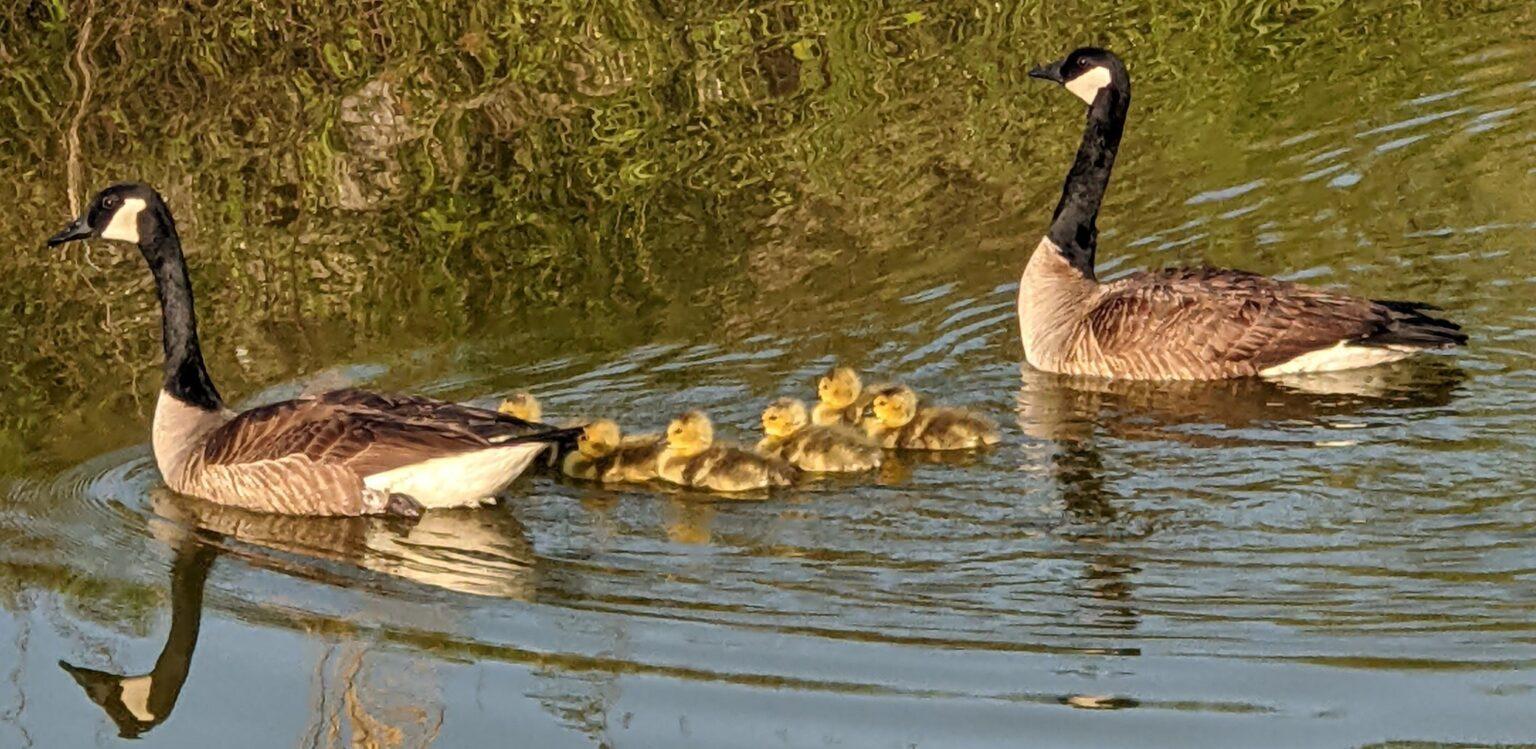The first earth day was over 50 years ago. In 2010, the Canopy Project was established to reforest the earth and slow the effects of climate change. Since then, over 100 million trees have been planted worldwide. A common saying goes, “Think globally, act locally.” Individuals that wish to make a difference to making the earth greener can start in their own backyard! In this blog, I’d like to take the opportunity to reflect on the past years efforts, and lay down the tracks for future projects to create our small patch of Eden. You can follow this guide yourself for how to treat your land for the best results!
Last Year in Review
In April of 2022, we were building our first mini-hoop house and mini hydroponic house. The hoop house was our first raised straw bed planting. In it we grew various crops including purple Cherokee tomatoes. We stocked our ¾ acre pond with blue gill, channel catfish and minnows.

Mini hoop house

Mini hydro house

Stocking our pond
New Life in the Our Small Patch of Eden
In May, 2022 our second brood of Canada geese hatched out on our ponds’ island. We set aside some “no-mow” blocks as pollinator gardens. One plus of doing so is the harvest of fresh bouquets daily during the summer months!
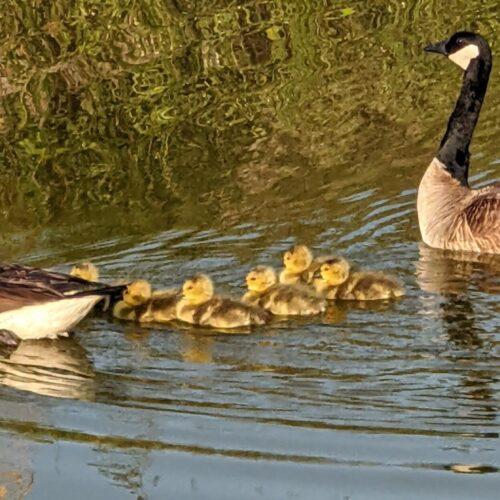
Canadian geese and goslings
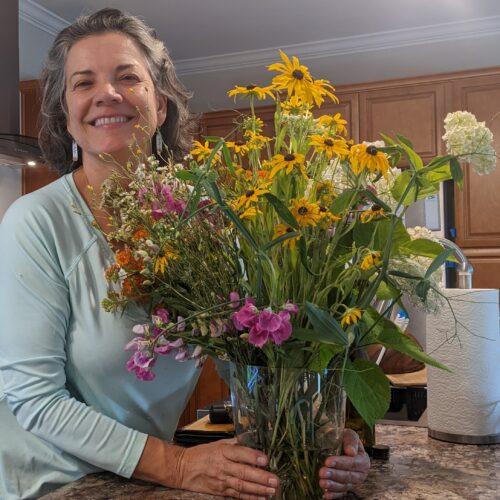
Wild flower bouquet
Detering Birds that Eat Grapes
July saw the beginning of grape ripening called veraison. To scare off birds without harming them, we set up a BirdGard®, which generated predator bird sounds as well as the sounds of distressed birds.

BirdGard
A Concrete Idea
We set our fence posts in a mix of soil cement, cutting the amount of concrete used. To make it, we mixed in the native clay soil with an equal part of gravel mix.
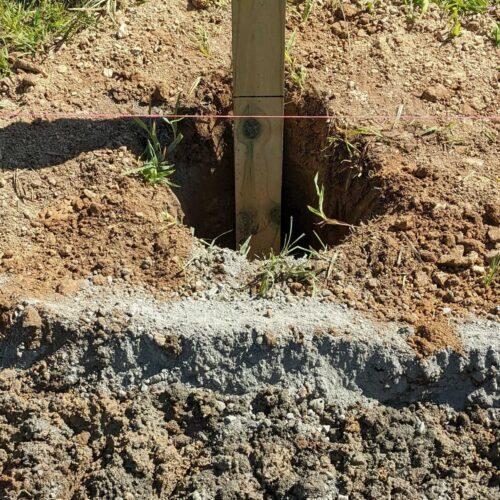
Planting, Fertilizing & Taking Cuttings
September is a great time to plant, fertilize, and to take hardwood cuttings. Fertilizations were done via soil injections using the AccuFlo ISD. We made cuttings of figs, both Chicago Hardy and Italian Honey. Each cutting had at least 3 buds, and treated with rooting hormone. The cuttings were boxed in moist vermiculite and placed in the cellar, safe from frost.
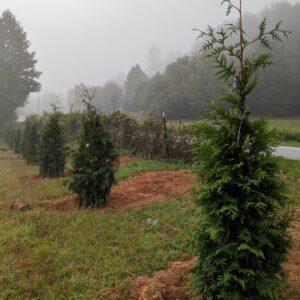
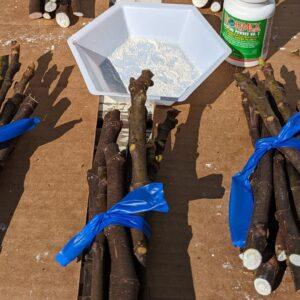

Earth Day, Every Day!
In December, we harvested greens for wreaths, roping and centerpieces. We got out in January and February to prune our dormant trees. Pruning in winter months is advantageous, since trees produce fewer volatiles that might attract insects. This reduces the risk of insects introducing diseases. Prune “bleeders” such as maple, birch and dogwood in winter. This is also a good time to think about and start the summer crop, including tomatoes, peppers and other plants that you enjoy growing. I’d like to amend the saying of “Think globally, act locally” to “Think of each week of every month, (even the winter months!) as Earth Week!” What’s in store for the future? Well, I think you’ll have to wait for a future installment!

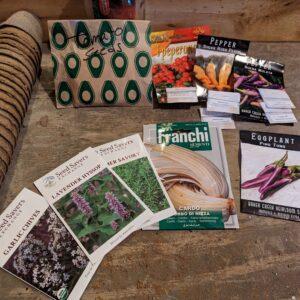
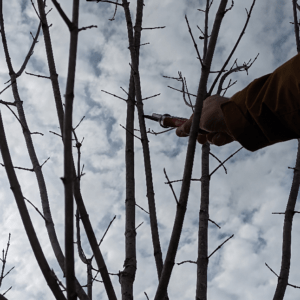
In our next blog we’ll consider the process of saving trees by systemic treatment and include the process of diagnostics to evaluate the effectiveness of the treatment applied.
~ Signing off for now, Joe

